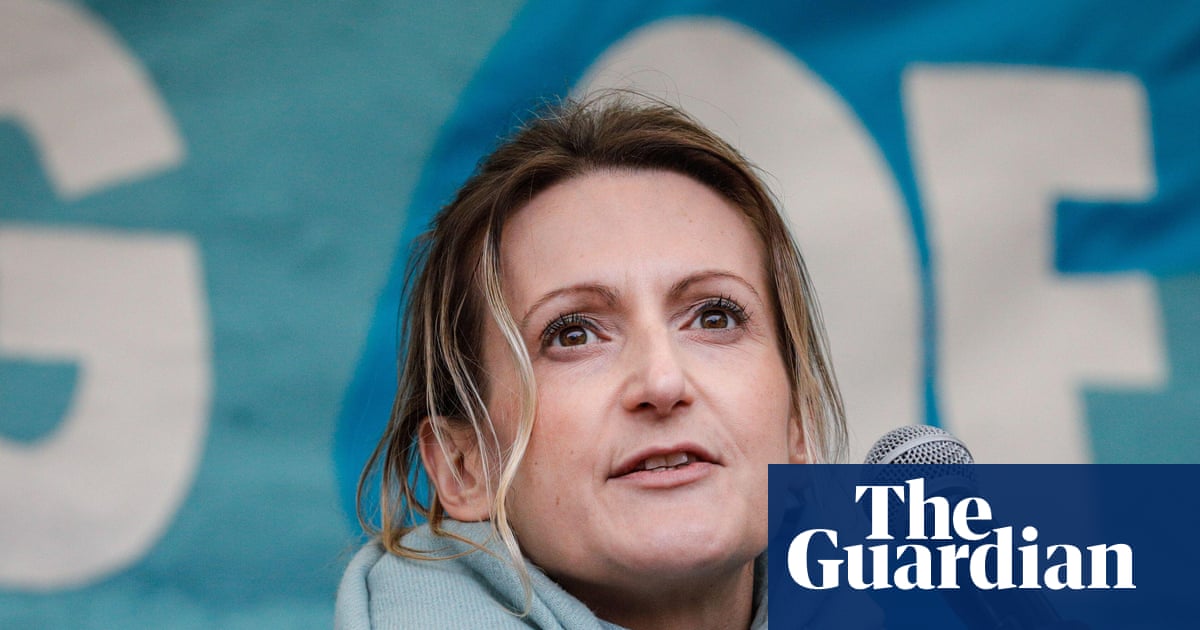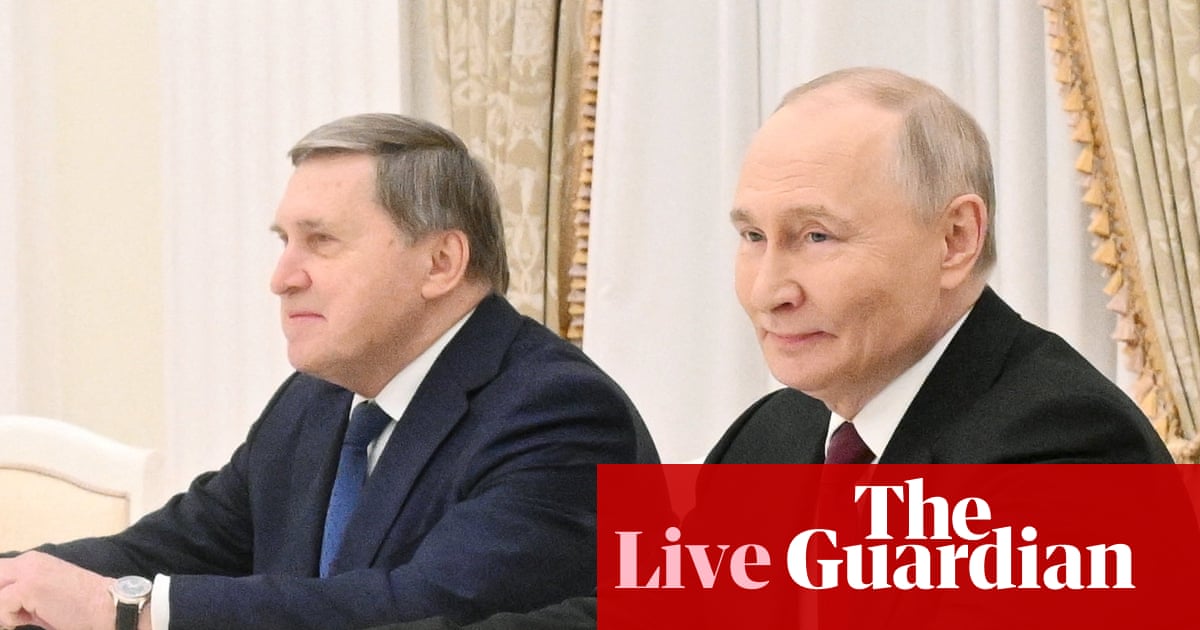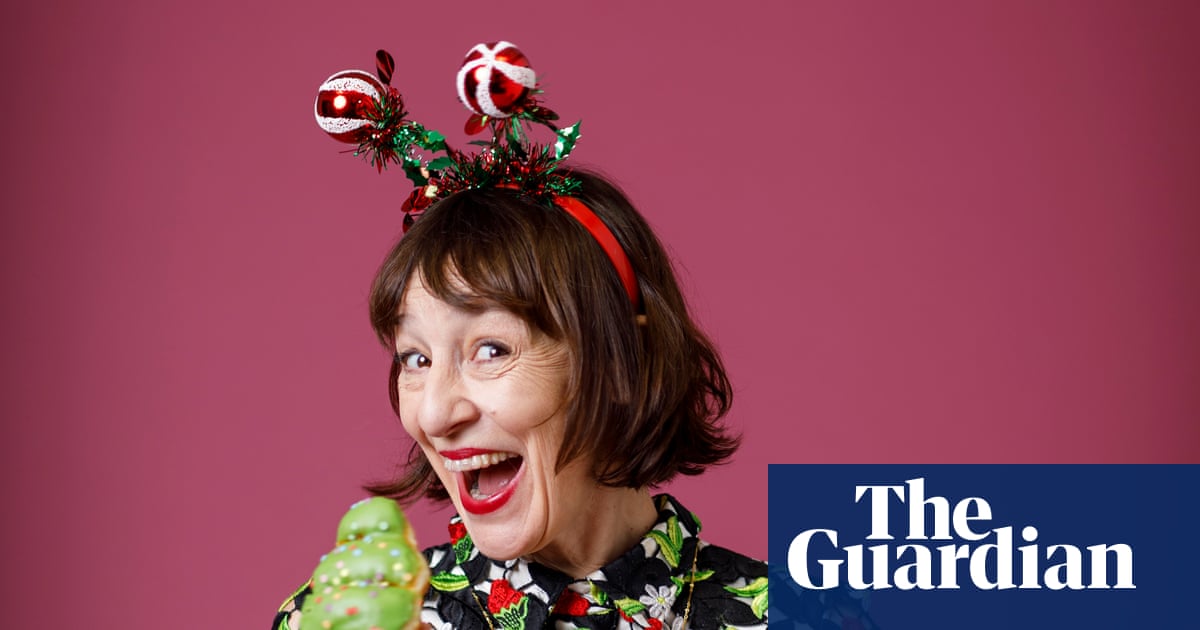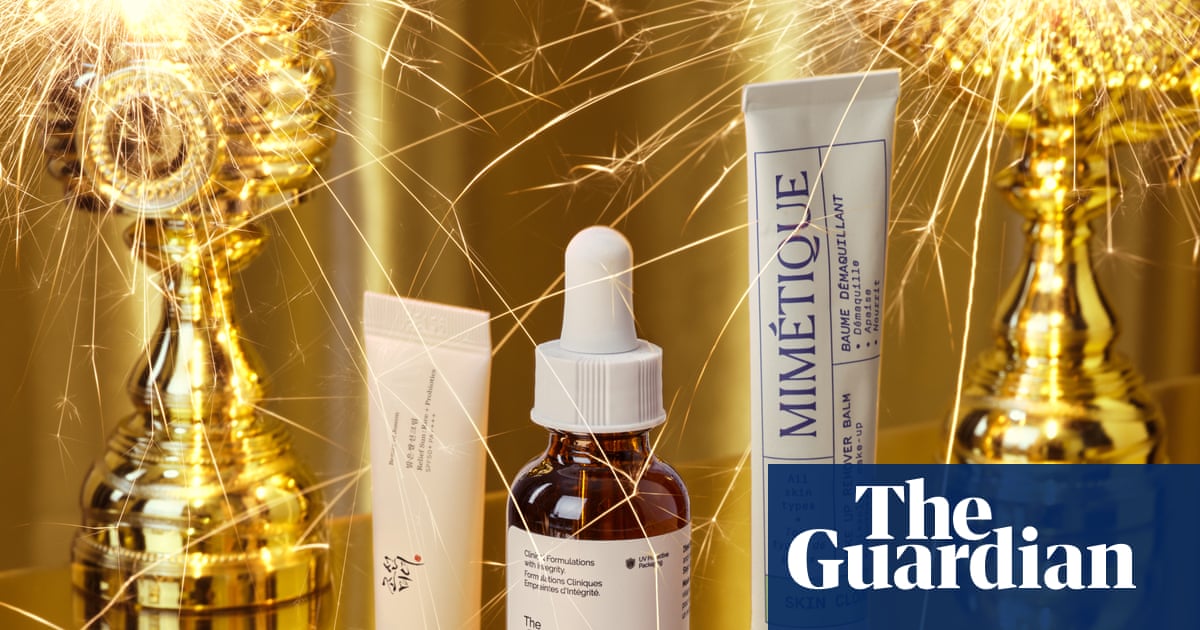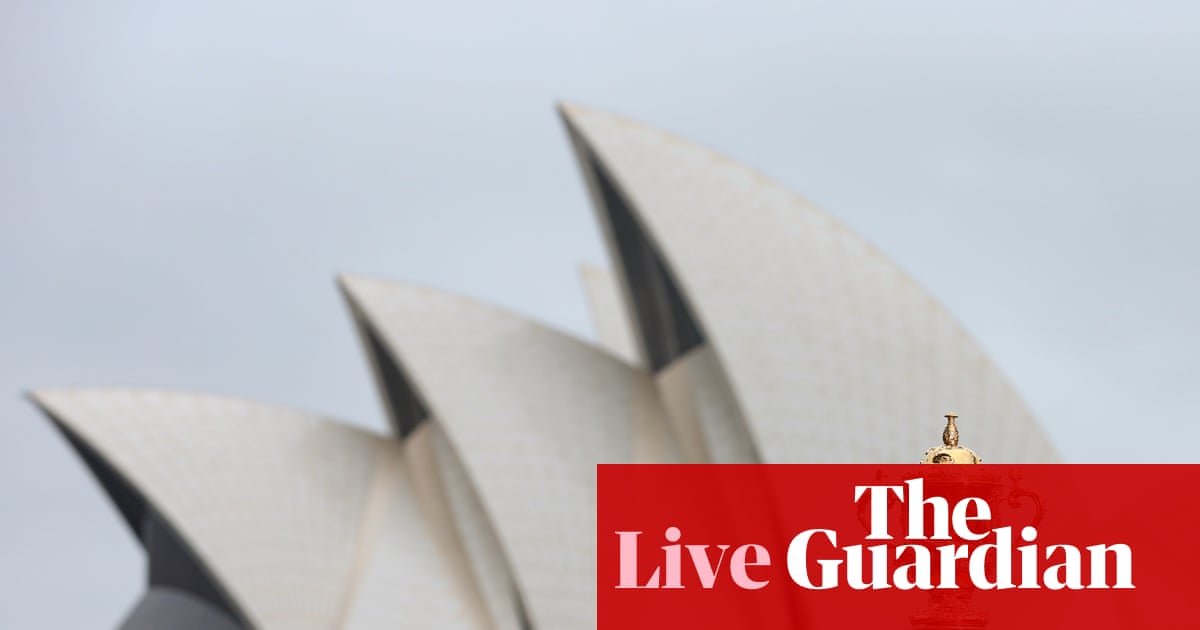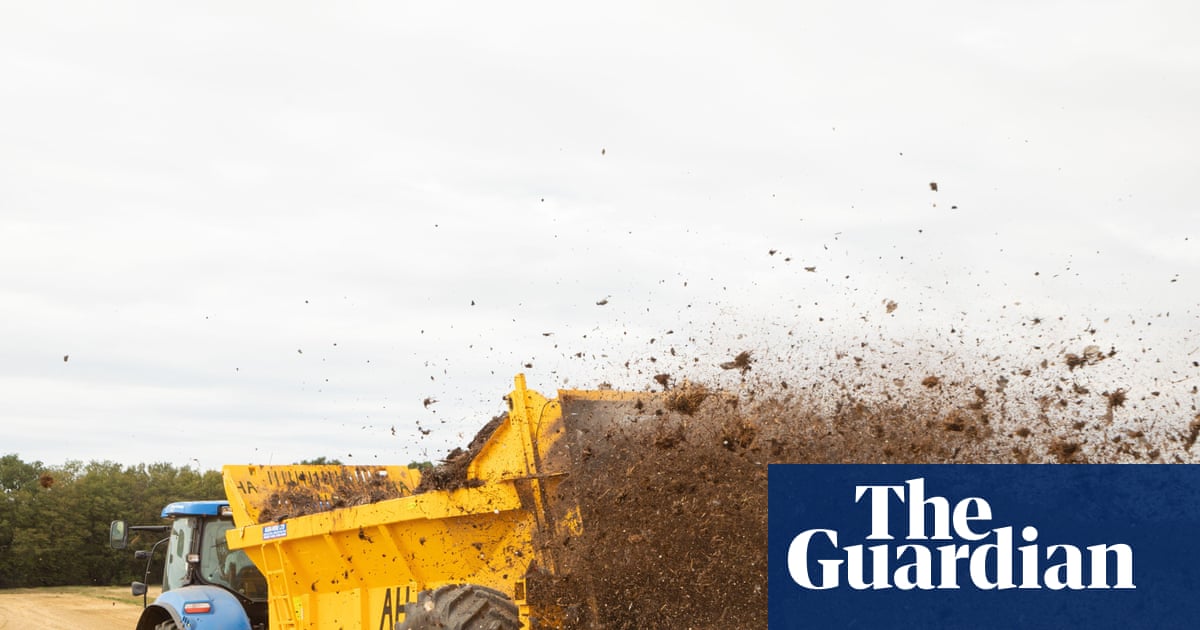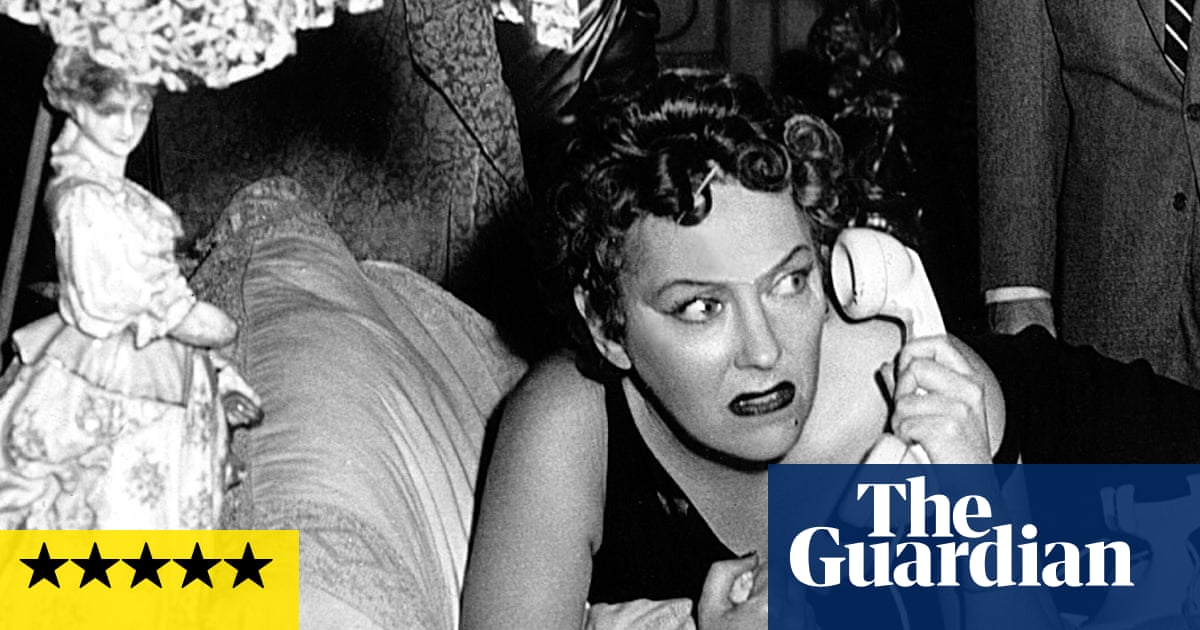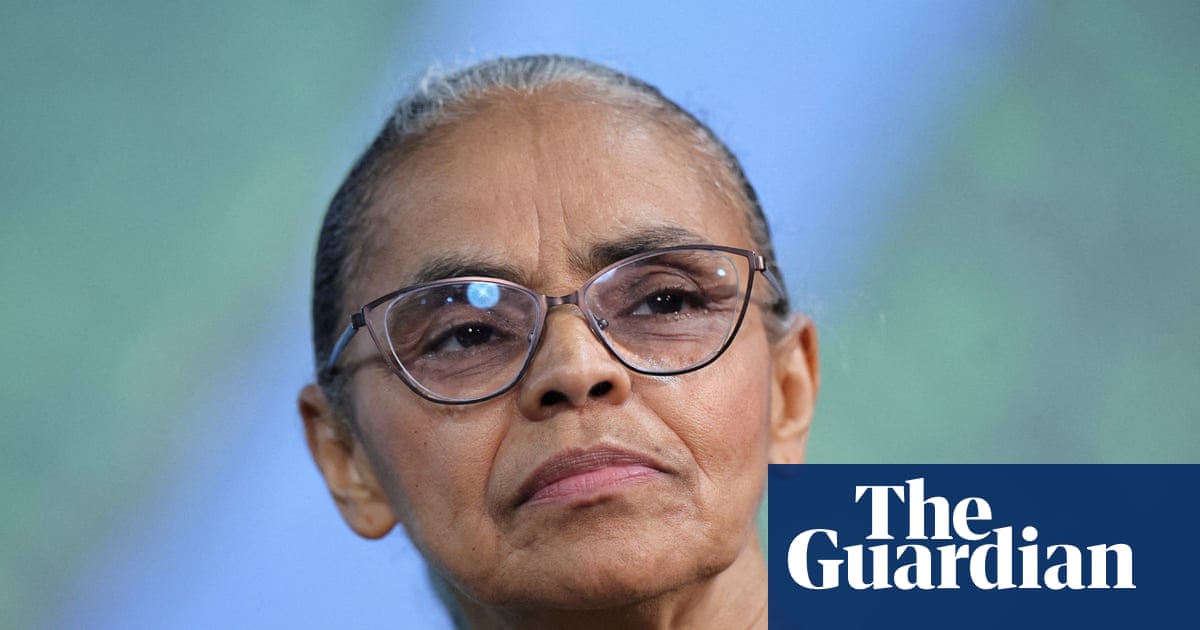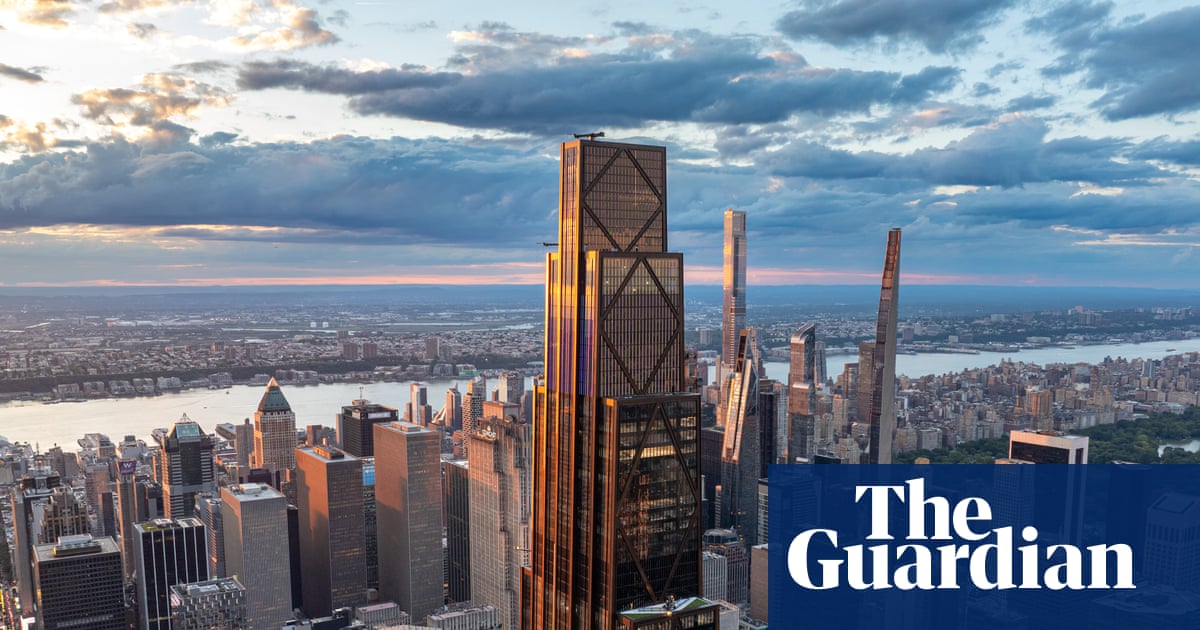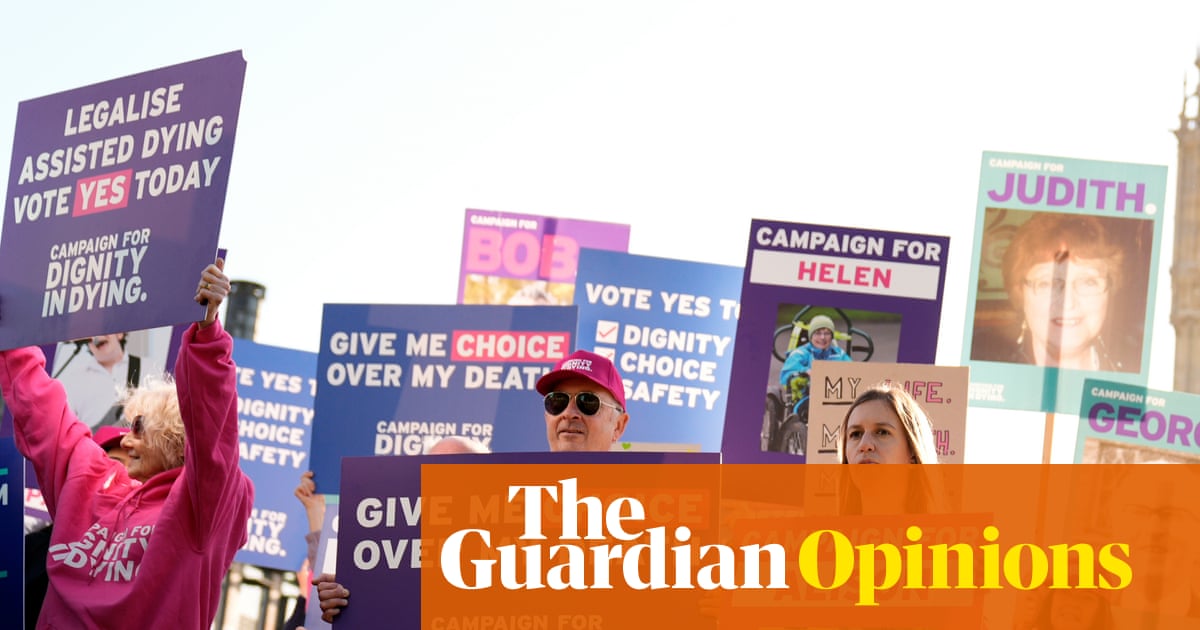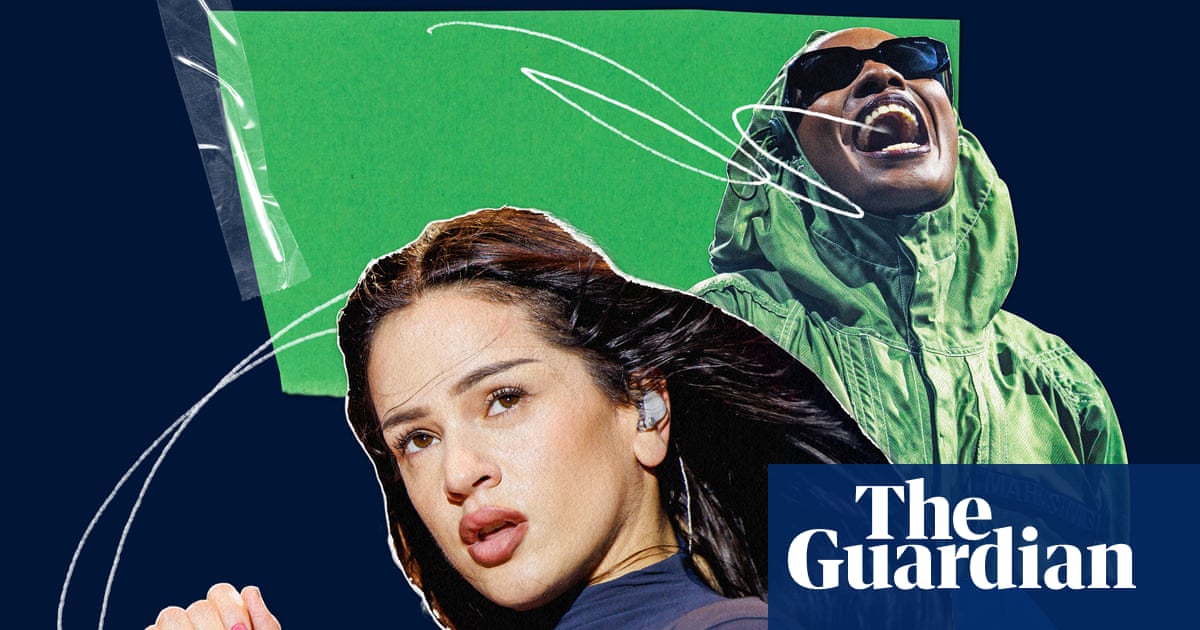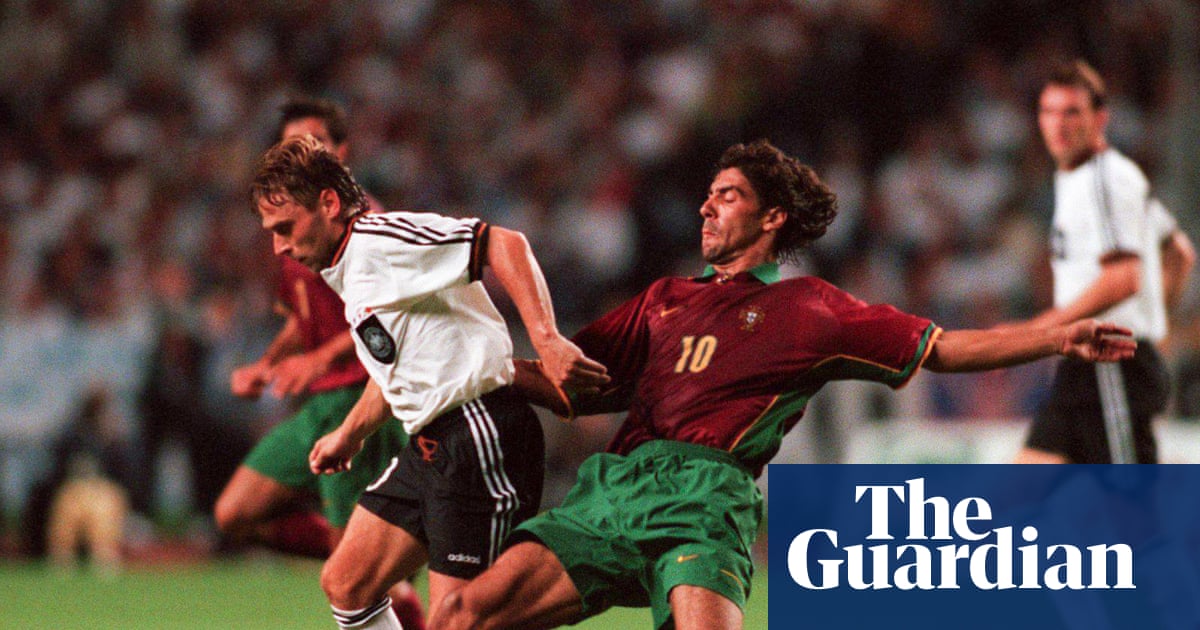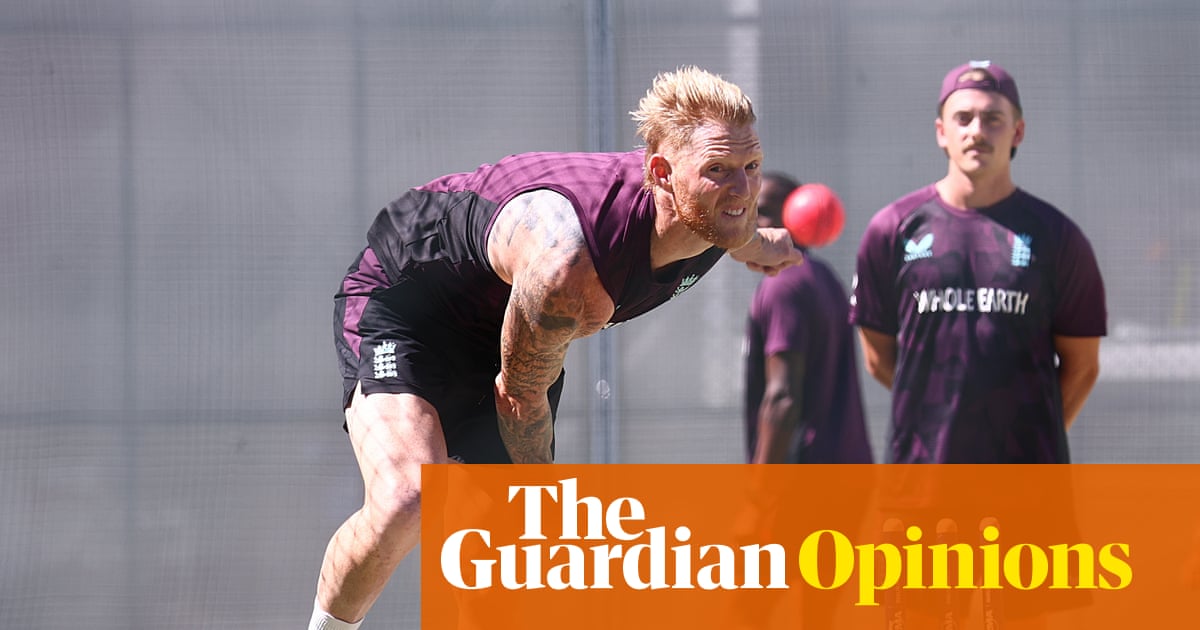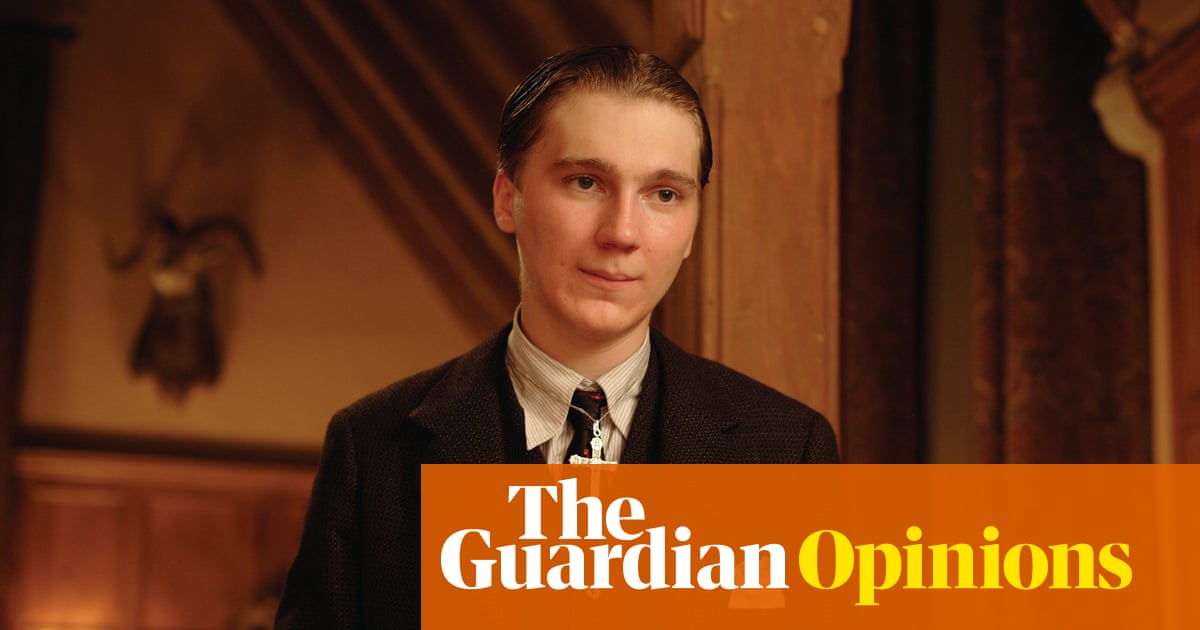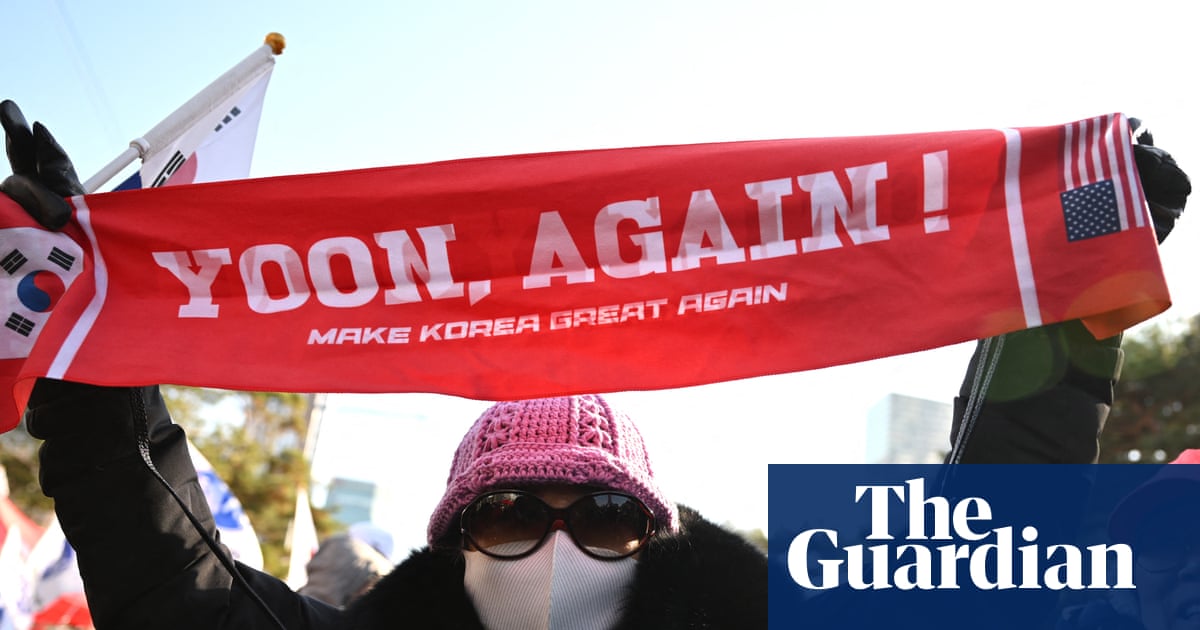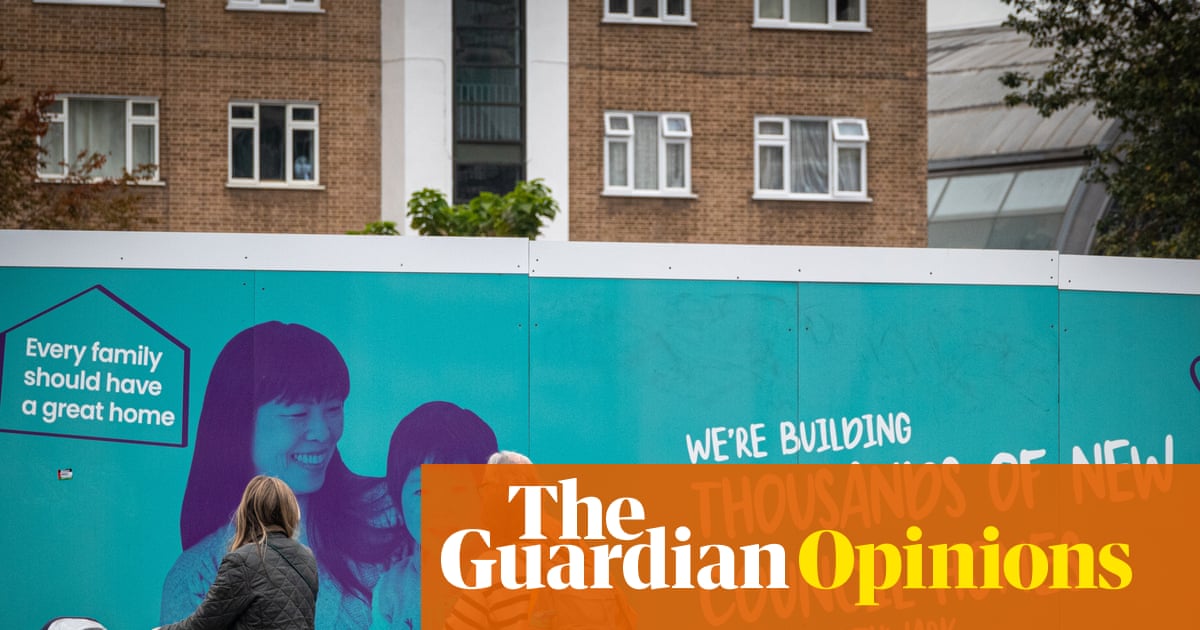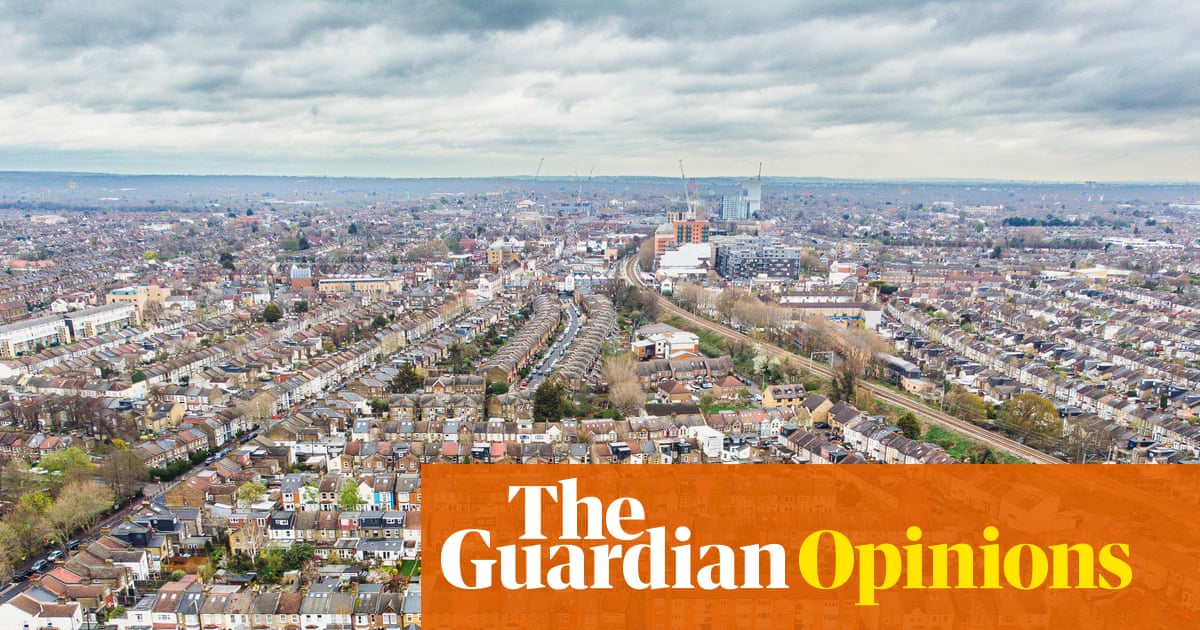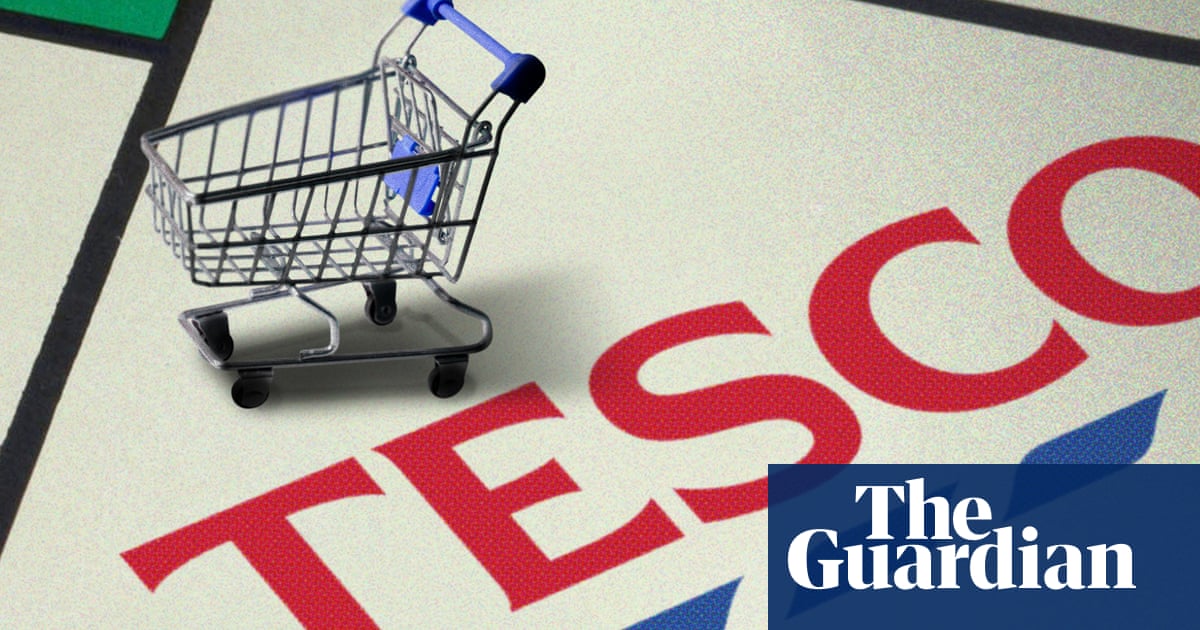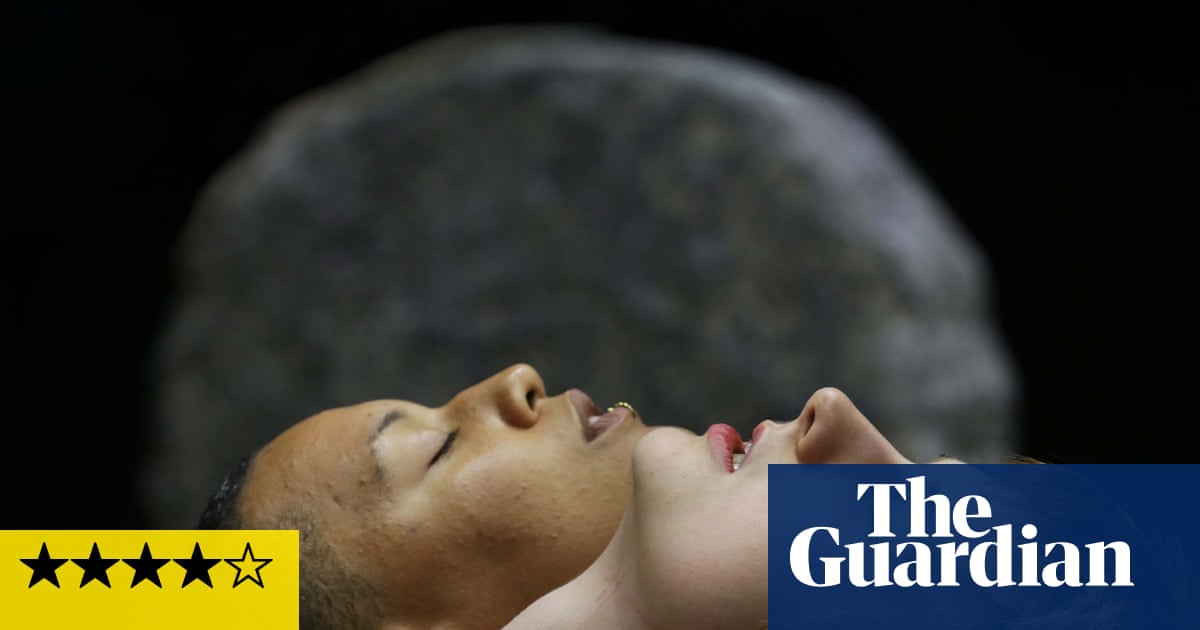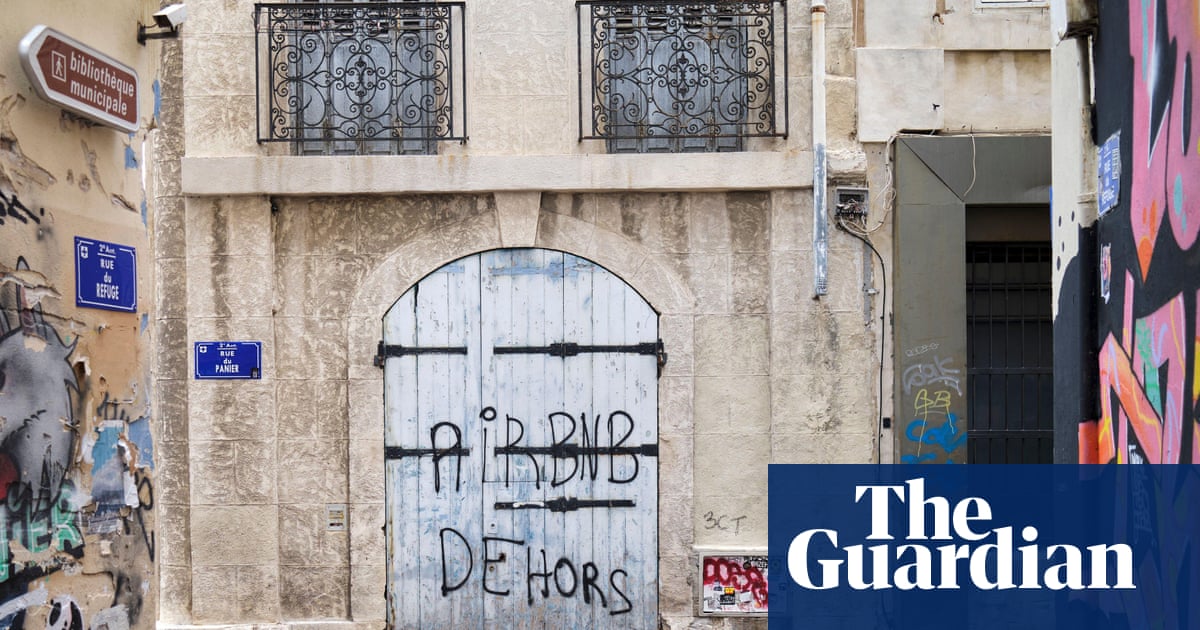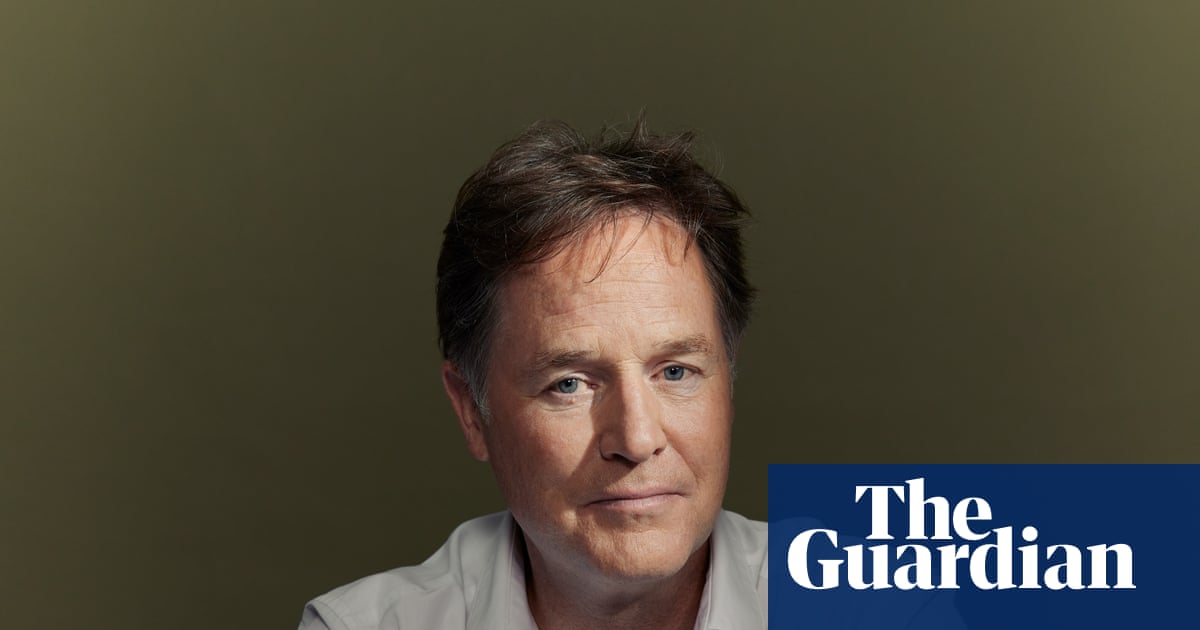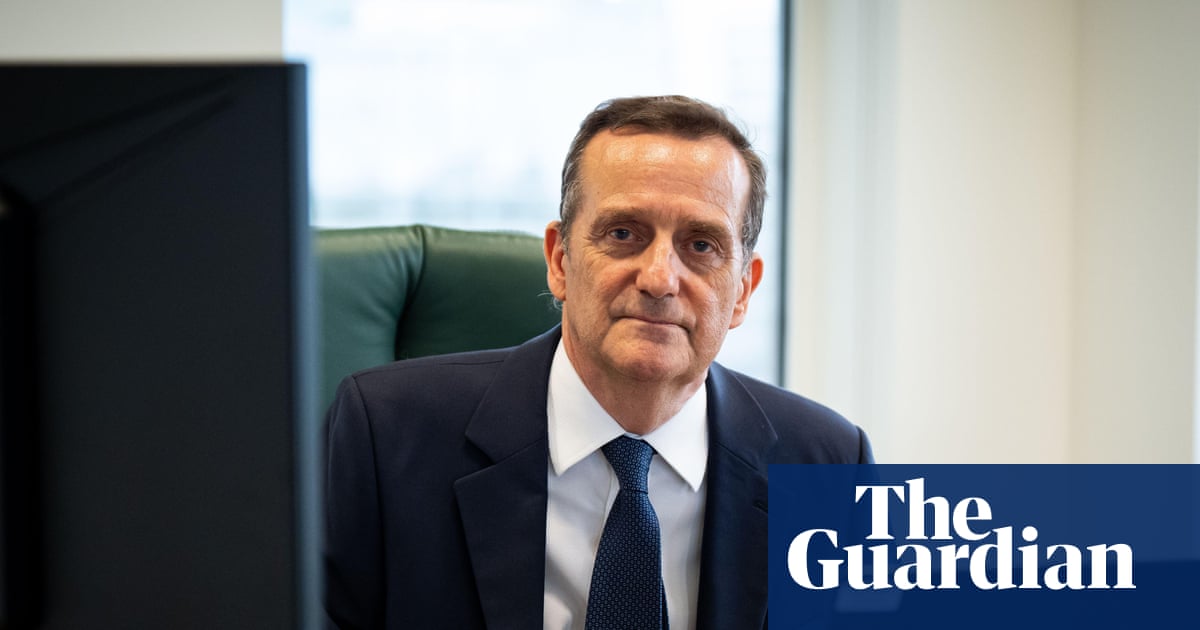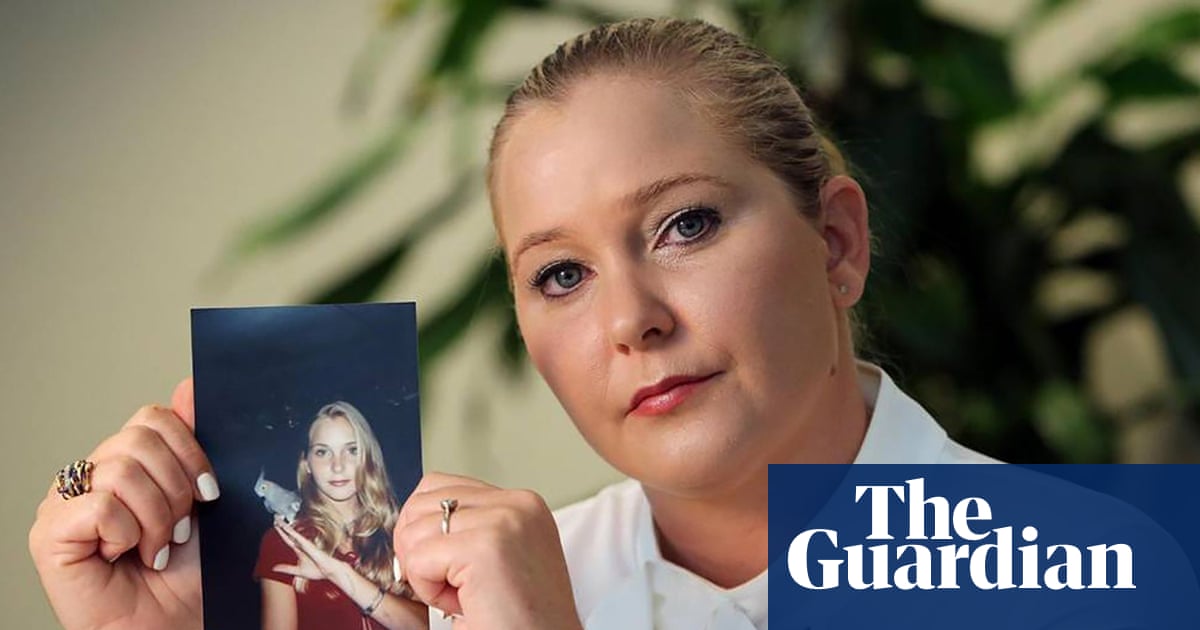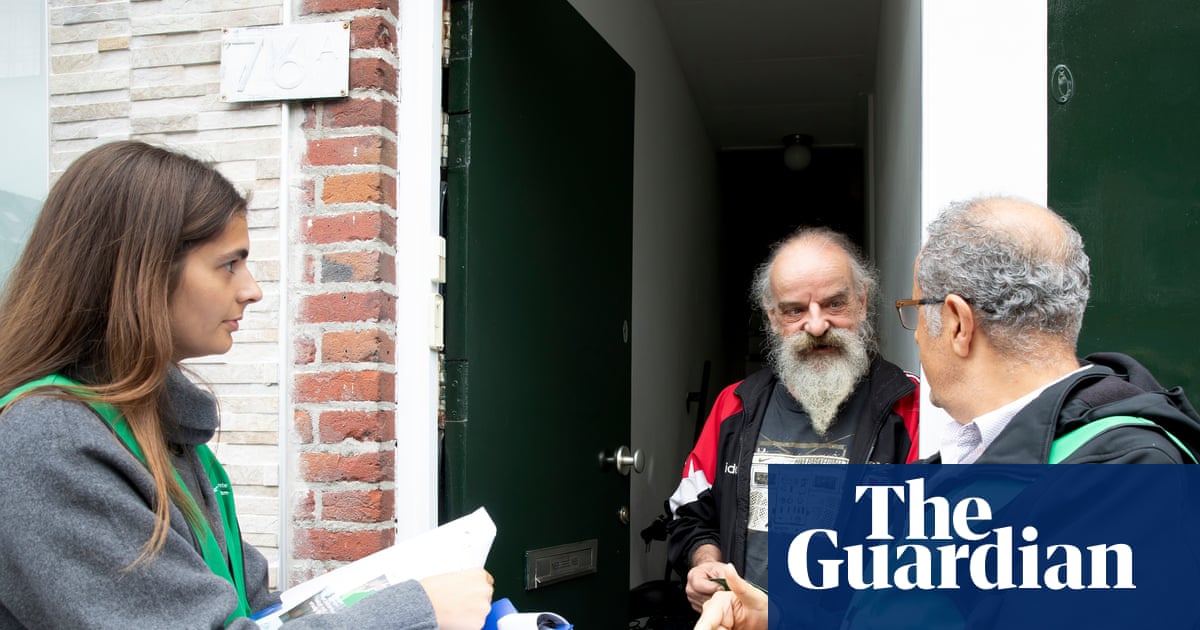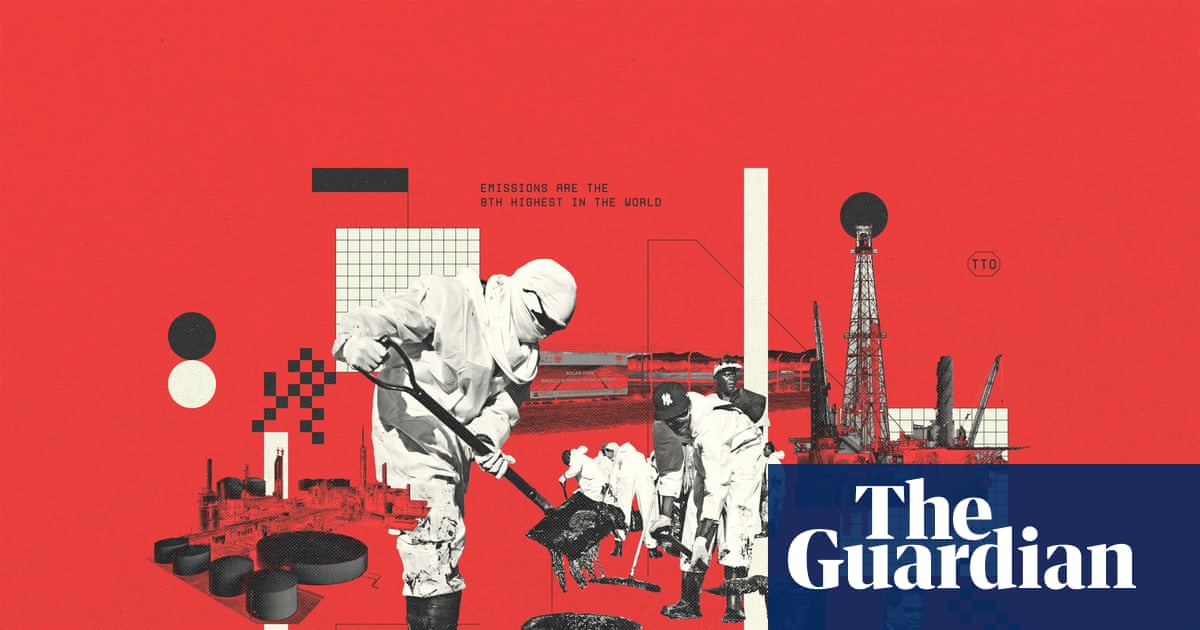Fashion insiders have expressed concern that efforts towards size inclusivity are being eroded, with experts saying the industry has “done a 360 turn” back to promoting thinness.
This week a report by Vogue Business found that out of the 9,038 looks presented across 198 shows in the womenswear collections earlier this month, 97.1% were shown on straight-size models who measured between a US size 0-4 (the equivalent of a UK 4-8). Only 0.9% of models were plus-size, also known as curve (UK 18+), while 2% were mid-size (UK 10-16).
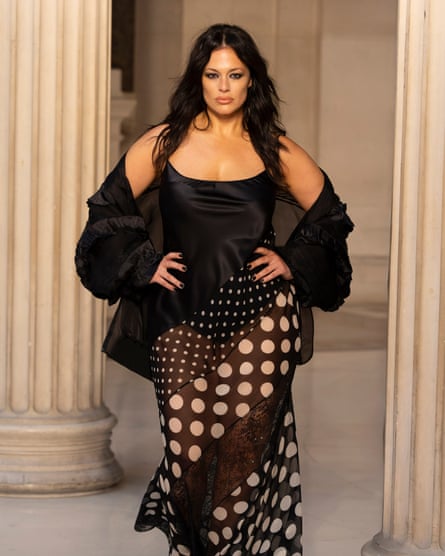
In the Milan shows, just four out of 55 brands included a model who was not straight-size. Elektra Kotsoni, the deputy editorial director of Vogue Business, said it was the lowest proportion since her team started compiling the biannual report two and half years ago. She describes the outlook as “horrible”.
Anna Shillinglaw, the founder of the model agency Milk Management, says she isn’t surprised. “Previously, the body positivity movement was growing with curve models doing the same shows and shoots as straight-sized models. But recently there has been a massive decline. The industry has literally done a 360 turn.”
The widespread use of GLP-1 weight-loss drugs such as Ozempic is a contributing factor, with their use proliferating among celebrities and thinness now being normalised beyond the catwalks.
Although GLP-1s were originally developed to treat diabetes, they have quickly been co-opted for weight loss, leading to shortages for patients. In the UK about 1.5 million people are thought to be buying them through private prescriptions. There is also a growing parallel market online. The psychotherapist and writer Susie Orbach describes the trend as “the latest commercialisation of the body”.
Elsewhere, there is growing demand for body modification procedures – including “Barbie waist” surgery, in which a person’s ribs are inflicted with tiny fractures in order to reduce their size.
“We are manufacturing bodies as though they are a product rather than living from them,” Orbach says, pointing to the influence of reality TV. “The Kardashians are an exemplar of that but it is now being massified.”
While thin models have always commanded the catwalks, in recent years there has been a shift, albeit slight, towards more inclusive casting. In 2023 British Vogue put the plus-size models Paloma Elsesser, Precious Lee and Jill Kortleve on a cover describing them as “the new Supers”. From campaigns to catwalks the trio were omnipresent.
Felicity Hayward, a plus-size model and writer who has fronted a Mac cosmetics campaign and starred on the cover of i-D, describes the period from 2011 to 2017 as a “golden era”. Now the downward trajectory has left her wondering if plus-size models are “used as tokenism in order to make press headlines”.
This season Lee walked in one show, Kortleve in two and Elsesser in five. Ashley Graham, who was one of the highest-earning models of 2017, walked in three.

As demand declines, insiders describe plus-size models losing weight in an attempt to secure more work in the mid-size market. Straight-size models are also feeling pressure as sample sizes shrink. Shillinglaw says it is unfair to blame models for promoting a thin ideal. “The models aren’t making the samples. The pressure comes from the designers and those at the top of the brands.”
As the pendulum swings back towards skinny, it is having a knock-on effect on the high street. In August the chief executive of the UK Advertising Standards Authority urged advertisers to avoid using “irresponsible” images of unhealthily thin-looking models after an increase in complaints from the public about the size of models portrayed in adverts from brands including M&S and Next.
The value of the plus-size market in the UK is estimated to be over £4bn but it is becoming more inaccessible to consumers. Brands such as H&M, which caters up to a UK 34, and River Island, which runs up to a UK 22, have removed dedicated plus-size sections from their stores and made the ranges available online only. Shillinglaw says brands that were shooting on curve models five days a week have now reduced those shoots to two days.
Hayward mentions the designer Rick Owens, who shows at Paris fashion week, as an example of tokenism. Last season he included 16 plus-size models in his show; this season he used none.
“It really upsets me,” says Hayward, “seeing a credible designer go from using big girls with stomachs and broad shoulders, not just stereotypical hourglass curves, to casting not even one. If you are going to be progressive you need to continue with progression. Otherwise, why bother?”

.png) 1 month ago
51
1 month ago
51
